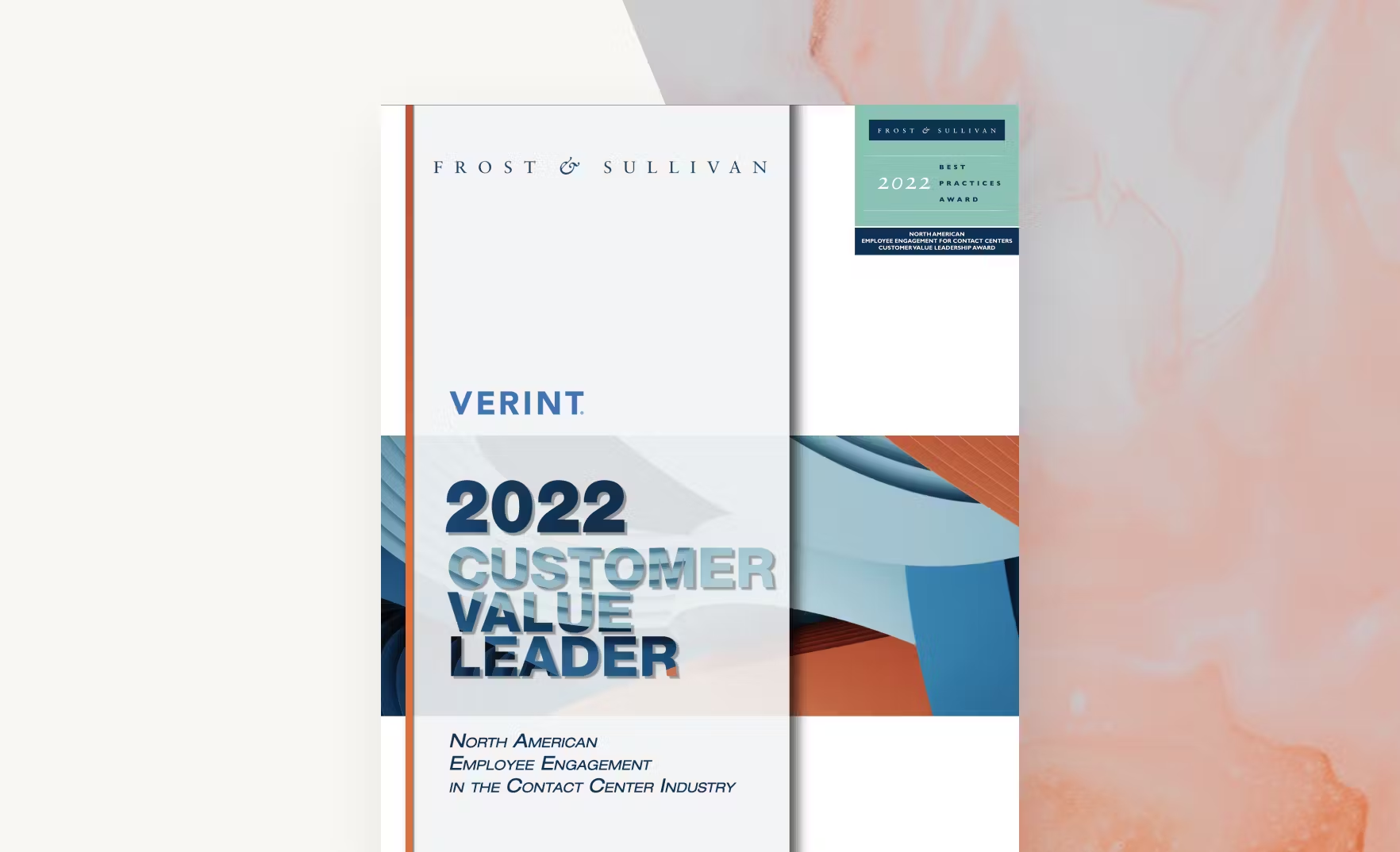
2024 Mobile Customer-Initiated Best Practices


This article was made possible thanks to contributions from Deneen Davis.
As experienced Customer Experience (CX), User Experience (UX), Experience Management (XM), Voice of the Customer (VoC), and Voice of the Employee (VoE) professionals know well, best practices evolve over time. This is due to many factors, including evolutions in software capabilities, measurement precision, and usability rules of thumb.
These changes provide an opportunity for organizations to optimize how and what they survey today as their program matures. With this continuous improvement in mind, we feel summer 2024 is an appropriate time to share our current perspective on best practices for collecting customer-initiated survey data on mobile.
As a reminder, customer-initiated surveys are those where your customer starts the collection process. For this reason, another way they are described is “opt-in feedback,” because the site visitor is opting-into participation, versus an emailed or web intercept survey where they are invited to participate.
This blog will focus specifically on mobile web collection; similar concepts apply to mobile application surveys. If you want more specific guidance on your app, please stay tuned for part two of this blog series.
To take a step back, sometimes in life it is good to get third party validation of something we already know. In this case: the growing usage of mobile smartphones compared to desktop computers and tablets.
I found that validation from Tobias Gummer, Jan Karem Höhne, Tobias Rettig, Joss Roßmann & Mirjan Kummerow in the abstract of their paper “Is there a growing use of mobile devices in web surveys? Evidence from 128 web surveys in Germany.” The authors noted:
“. . . a surprising lack of comprehensive overviews on the magnitude of mobile device use in web surveys … we explored this research gap by analyzing data from 128 web surveys collected in four different academic studies in Germany between 2012 and 2020. Overall, we found strong empirical evidence for an increase in smartphone use, a stagnation in tablet use, and a decrease in desktop PC use.”
Of course, just because more people are using mobile devices does not mean they complete their task, as was seen in the 2022 H1 (first half of the year) edition of our Verint® eGov report:
“Across government desktop and mobile sites, accomplishment rates have dropped over the last two years. Despite the positive performance of drivers of satisfaction, mobile sites saw an even larger decline than desktop between H1 2020 and H1 2022, falling by nine percent to 62%.”
You may be asking, “why was that?” Some common reasons included: “The site was confusing and difficult to navigate” along with “Frustrations trying to sign in, with slow-loading pages, or missing and broken links.”
You may think that the mobile website experience is not as big a deal as your app. Of course, native iOS and Android mobile apps are a critical part of many companies’ digital strategies, but as Michael Abbott, Kim Kim Oon, Edwin Van der Ouderaa from Accenture wrote in their “Global Banking Consumer Study,”1 not all features/offerings from a company may be available on their primary mobile app:
“non-traditional products are rarely marketed and sold through banks’ core platforms. Just 32% of the non-financial products and services offered by these 36 banks are integrated into their primary mobile app, while 8% are available through a dedicated app and 60% through other channels such as the website of a third party that is not integrated with the mobile app.”
Thus, in cases of non-traditional products, it is even more vitally important to collect opt-in surveys on mobile websites. The mobile sites are the only opportunity to ask non-desktop visitors to give feedback about these specific experiences.
That noted, as a survey data analyst I, of course, think it is important to give all your site visitors a subtle way to give feedback on all mobile pages! The options below may be implemented on parts or all your mobile websites.
Mobile Bar
A horizontal bar at the bottom of the page is a great way to proactively publicize that you’re listening immediately to your site visitors. It is very easy for them to click the bar and quickly share feedback.
Mobile Badge
The badge, or tab, uses less real estate while still signaling visitors that you are interested in their opinion—should they want to provide one. You can place the badge in different places based on your UX strategy. The picture below shows it on the right rail, but it can also be on the left.
Omnichannel Button
This is a newer approach that combines the feedback link with other customer service tools in a single button to click. The button may be placed in the lower right or left of the screen. This uses less screen real estate and presents feedback in context with other options that your site visitor may want in that moment.
Link in Footer and/or Hamburger Menu
If your strategy requires a more hidden and discrete choice, there are multiple tactics to consider. Some clients put links for feedback at the bottom of the page in the footer and/or make them available as an option inside the hamburger menu. Our data shows people find feedback links if they want to share and will complete those surveys.
Embedded Surveys
This is a way to ask people for feedback in flow with the page, such as following the search results: “Did you find what you are looking for?” It could be a one-question survey with just those two options, or it could be a longer one.
In summary, options include:
- Bar
- Badge
- Button
- Links
- Hamburger menu
- Footer menu
- Embedded Surveys
Our first 2024 recommendation is to use the latest release of our Software Developer Kit (SDK): XM Unified SDK to deploy any or all the survey options above. This SDK is part of our standard Voice of the Customer survey software.
Be sure to consider what metadata can be collected as part of the survey submission (e.g., customer type, size of cart, page name).
As to which survey placement is best for your site, our second recommendation for this year is, of course, that it depends on your context. Different CX strategies will yield different placements.
A sound start is to consider evaluating all of them and then decide what is best for your visitors. A more data-driven approach is to do A/B testing on one option a month for multiple months, then see what insights are yielded.
Based on that, you can choose which strategy to adopt (and it may be best for you to use multiple options).
Interested in seeing more of our free insights on mobile CX data? Please read our 2023 Verint Experience Index: Retail and our State of Digital Customer Experience Report 2024.
1 The report analyzed results from a survey of banking product and service specialists that Accenture conducted in October-November 2022. Find more on their website at https://www.accenture.com/us-en/insights/banking/consumer-study-banking-reignite-human-connections

